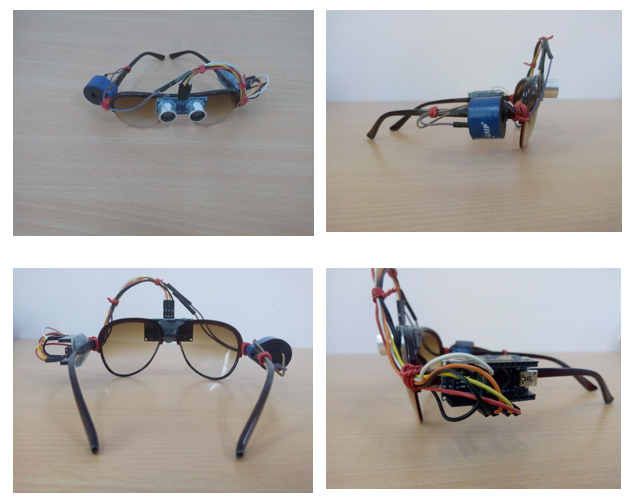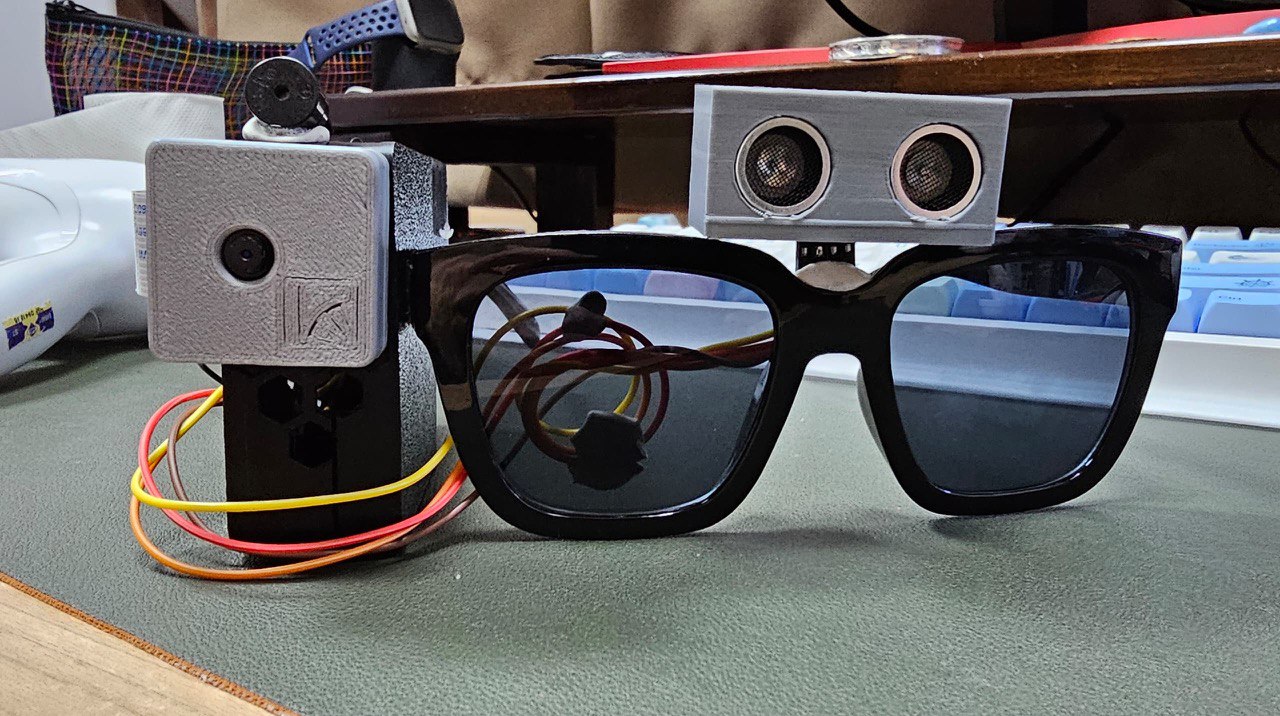Enhancing Ease Of Access Through Assistive Technology for the Blind
The combination of assistive technology for the blind represents a crucial advancement in accessibility, essentially changing how individuals browse their atmospheres and engage with culture. As we check out the varied types of assistive gadgets and their tangible effects on everyday living, it ends up being essential to take a look at how recurring technical advancements are reshaping the landscape of support for the blind community.
Summary of Assistive Modern Technology
Assistive innovation describes a variety of devices and software program designed to boost the capabilities of people with disabilities, consisting of those that are blind or aesthetically impaired. This technology plays an essential duty in advertising independence and enhancing the quality of life for users. By providing alternative approaches for accessing details and carrying out everyday tasks, assistive innovation empowers individuals to navigate their settings better.
The growth and application of assistive modern technology accept a selection of principles targeted at promoting ease of access. These principles consist of user-centered design, which focuses on the requirements and choices of the person, and the assimilation of innovation right into daily tasks. Such developments make sure that assistive gadgets are not only practical yet also intuitive and easy to make use of.
Moreover, assistive modern technology encompasses a diverse spectrum of services, from low-tech alternatives like magnifiers to state-of-the-art developments such as display readers and Braille screens. The ongoing development of this field is driven by the requirement to address the distinct challenges encountered by individuals with visual disabilities (Wearable technology for low vision). As modern technology remains to development, the potential for boosting access and advertising inclusivity stays appealing, eventually adding to a more equitable society

Sorts Of Assistive Devices
Various kinds of assistive devices are offered to support people that are blind or aesthetically damaged, each made to address certain needs and challenges. These gadgets can be extensively categorized right into 3 main kinds: low-tech, mid-tech, and state-of-the-art solutions.
Low-tech devices consist of items such as magnifiers, Braille tags, and tactile maps. These are reasonably basic devices that improve the user's capacity to interact with their atmosphere without needing complex technology.
Mid-tech devices often include more innovative features, such as electronic magnifiers and mobile Braille note-takers. These devices can offer capabilities like speech result, permitting individuals to access information a lot more successfully.

Effect On Daily Living
The schedule of various assistive tools dramatically boosts the lifestyle for people that are visually damaged or blind, impacting their everyday living in extensive ways. By integrating innovations such as display viewers, Braille shows, and audio description services right into their regimens, customers acquire better freedom and freedom. These devices assist in access to info, enabling individuals to do day-to-day jobs, such as reading e-mails, browsing public spaces, and enjoying media web content.
In addition, assistive tools encourage individuals to involve even more totally in social interactions and community tasks. The ability to utilize mobile phones furnished with availability functions permits smooth interaction and connection with others. This connection promotes a feeling of belonging and lowers feelings of seclusion.
In specialist settings, assistive modern technology sustains performance by permitting people to complete work jobs successfully. Tools like voice acknowledgment software application and specialized magnifying gadgets enable users to participate in the labor force on equal footing with their sighted peers.

Advancements in Modern Technology
Current technical innovations have actually considerably transformed the landscape of devices readily available for individuals who are visually impaired or blind. The assimilation of expert system (AI) and machine learning has actually given increase to applications that boost navigation and things acknowledgment. For instance, smart device apps can currently make use of AI to recognize and define surroundings in real-time, providing customers with important contextual info.
Additionally, innovations in haptic technology have led to the development of clever walking canes equipped with sensing units that spot barriers and offer tactile feedback. This encourages users to navigate their environment with boosted self-confidence and self-reliance. Technologies in text-to-speech software program and braille display screens have enhanced the access of digital content, enabling for smooth communication with different media.
Wearable innovations, such as smart glasses, are additionally making strides in aiding aesthetic impairment. As modern technology proceeds to evolve, the possibility for even more transformative tools remains on the perspective.
Future Trends and Innovations
As innovation quickly progresses, the future of assistive devices for individuals who are blind holds tremendous assurance. Advancements in man-made intelligence (AI) and artificial intelligence are poised to revolutionize the way blind individuals communicate with their environments. As an example, AI-driven applications are being created to enhance object acknowledgment, allowing individuals to determine and navigate their surroundings with better simplicity and precision.
Moreover, developments in haptic comments innovation are allowing the creation of responsive maps and Your Domain Name navigating aids that offer real-time information with touch. These developments not only improve wheelchair but likewise foster freedom. Additionally, wearable gadgets outfitted with increased truth (AR) features are arising, offering users visual info with audio summaries, thereby linking the void in between the physical and digital worlds.
Furthermore, the combination of clever home technology provides new chances for availability, permitting people to control their living settings via voice commands or mobile phone applications. As collaboration in between technology designers and the blind area proceeds, the focus on user-centered style will ensure that future developments are tailored to satisfy the special needs of this population (Wearable technology for low vision). The trajectory of assistive innovation assures a much more empowering and comprehensive future for individuals that are blind
Final Thought
To anonymous conclude, assistive innovation plays a vital function in enhancing availability for individuals with visual impairments. The diverse range of devices, consisting of display visitors and wise walking canes, significantly improves daily living and fosters independence. Continual developments in modern technology and user-centered layout ensure that these devices cater effectively to the one-of-a-kind requirements of the blind community. As innovations progress, enhanced inclusivity and empowerment can be expected, ultimately enhancing the top quality of life for those affected by visual impairments.
The combination of assistive technology for the blind represents a pivotal innovation in accessibility, essentially modifying how individuals navigate their atmospheres and engage with society.Assistive technology refers to a variety of tools and software designed to boost the capacities of people with specials needs, consisting of those that are blind or visually impaired. Wearable technology for low vision.As innovation swiftly advances, the future of assistive devices for individuals who are blind holds enormous pledge. The trajectory of assistive technology promises an extra empowering and inclusive future see post for individuals who are blind
In verdict, assistive innovation plays a crucial duty in enhancing access for people with visual disabilities.